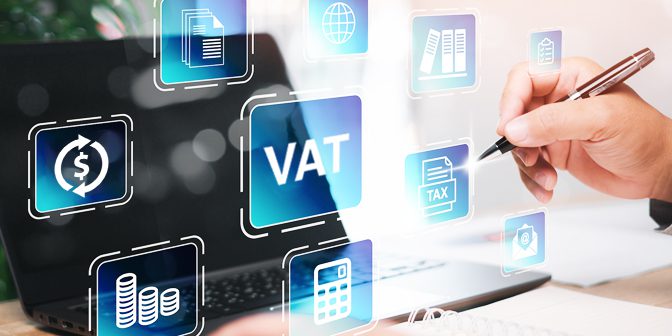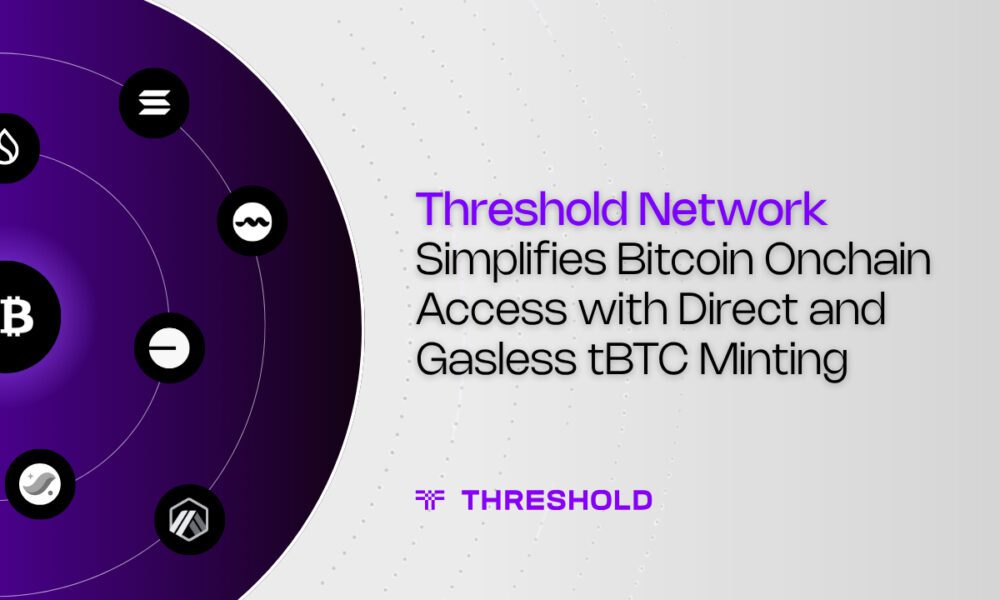If you’re doing business across European borders, there’s a good chance you’ve encountered a VAT scenario that seems backwards at first glance. Instead of charging VAT to your customer and remitting it to the tax authorities like you normally would, the customer handles the VAT themselves. This mechanism—known as reverse charge VAT—exists to simplify cross-border transactions within the EU, but it creates confusion for companies unfamiliar with when and how to apply it.
The reverse charge mechanism shifts the VAT payment responsibility from the supplier to the customer in specific B2B transactions. Get it wrong, and you’re either overcharging customers (making your prices uncompetitive) or failing to comply with VAT regulations (opening yourself up to penalties and audits). Neither scenario is particularly appealing when you’re trying to expand your business across European markets.
What makes this tricky is that reverse charge rules don’t apply universally. They kick in under specific circumstances involving cross-border supplies, certain domestic transactions, and particular service categories. Knowing when to apply the reverse charge versus when to collect VAT normally requires understanding both EU-wide directives and country-specific implementations that can vary significantly.
When the Reverse Charge Mechanism Actually Applies
The reverse charge mechanism primarily comes into play for B2B transactions where goods or services cross borders within the EU. When a UK company sells software services to a German business, for example, the UK supplier doesn’t charge VAT on the invoice. Instead, the German customer accounts for the VAT under their own VAT registration through a process called self-assessment.
This approach prevents the supplier from needing VAT registrations in every EU country where they have customers. Without the reverse charge, a software company with business clients across all 27 EU member states would need 27 separate VAT registrations, each with their own filing obligations and compliance requirements. The administrative burden would be crushing, particularly for smaller businesses trying to scale internationally.
The mechanism also applies to certain domestic transactions within individual EU countries, though these situations vary by jurisdiction. Some countries use reverse charge for construction services, emissions allowances, mobile phones and computer chips (to combat VAT fraud), and scrap metal transactions. The rationale here differs—it’s less about simplifying cross-border trade and more about preventing VAT carousel fraud in high-risk sectors.
Understanding when reverse charge applies requires asking three questions about each transaction: Is this a B2B or B2C sale? Are we dealing with goods or services? Where is the customer located, and where is the supply taking place? The answers to these questions determine whether you charge VAT normally, apply the reverse charge, or follow some other VAT treatment entirely.
How Suppliers and Customers Handle the Mechanics
From the supplier’s perspective, applying the reverse charge means issuing an invoice without VAT but with clear notation that the reverse charge applies. The invoice needs to reference the relevant VAT regulation—typically including language like “Reverse charge: Customer to account for VAT” or citing the specific article of the EU VAT Directive. You’ll also need to include both your VAT number and your customer’s VAT number on the invoice.
This creates a paper trail that tax authorities can verify. When auditors examine your records, they need to see that you properly identified B2B transactions, validated your customer’s VAT registration number, and documented why no VAT was charged. Missing documentation here is one of the fastest ways to trigger additional scrutiny during an audit.
For the customer receiving a reverse charge invoice, the process involves self-assessing the VAT through their own VAT return. They declare both the output tax (as if they had charged themselves VAT) and the input tax (as if they had been charged VAT by the supplier) in the same return. In most cases, these amounts offset each other, resulting in no net VAT payment. However, if the customer can’t fully reclaim input VAT due to exempt activities or partial exemption rules, they may end up with an actual VAT cost.
This self-assessment appears in different boxes on the VAT return depending on the country. Some jurisdictions have specific reporting requirements for reverse charge transactions that go beyond the standard VAT return fields. Failing to properly report these transactions can trigger discrepancies that tax authorities flag for investigation.
The Documentation Nightmare Nobody Warns You About
Here’s what catches companies off guard: reverse charge VAT creates substantially more documentation requirements than standard VAT transactions. You can’t just skip charging VAT and move on. Every reverse charge transaction needs supporting evidence that proves the customer is a genuine business, validly registered for VAT, and located where you think they’re located.
VAT number validation becomes critical. The EU operates a system called VIES (VAT Information Exchange System) that allows you to verify whether a VAT number is valid and active. Checking this system and retaining proof of validation provides crucial evidence that you performed due diligence. Some companies check once when onboarding a customer and never again—that’s a mistake. VAT registrations can be cancelled, and you’re expected to periodically revalidate customer VAT numbers, particularly for ongoing relationships.
Beyond VAT validation, you need evidence of your customer’s business status and location. This might include business registration documents, proof of address, or other commercial documentation. For service transactions, you should document how you determined where the customer belongs for VAT purposes, since the place of supply rules for services can get complicated depending on the service type.
Record retention requirements extend for years—typically five to ten years depending on the jurisdiction. These aren’t records you can casually organize in a filing cabinet. When authorities request documentation for transactions from several years ago, you need to produce it quickly and completely. Companies that can’t substantiate their reverse charge decisions face VAT assessments as if they should have charged VAT all along, plus penalties and interest.
Getting Reverse Charge Right Across Multiple Jurisdictions
Operating across multiple EU countries means dealing with variations in how each jurisdiction implements reverse charge rules. While the fundamental EU VAT Directive provides the framework, member states have flexibility in certain areas, and they use it. What qualifies for domestic reverse charge in Germany might not in France. The specific invoice requirements in Spain differ from those in the Netherlands.
This jurisdictional complexity is where many companies stumble. They assume that once they understand reverse charge VAT at a conceptual level, they can apply it uniformly across all their European operations. That assumption leads to compliance gaps that auditors happily exploit.
Smart companies invest in country-specific guidance that covers the nuances of each jurisdiction where they operate. They build systems that can track which transactions require reverse charge treatment based on customer location, transaction type, and local regulations. They implement validation workflows that confirm VAT numbers before processing invoices. And they maintain organized documentation that can withstand audit scrutiny across multiple tax authorities.
Technology plays a significant role here. Manual tracking of reverse charge requirements across dozens of jurisdictions invites errors. Automated systems that integrate with your invoicing and accounting platforms can apply the correct VAT treatment based on transaction details, validate VAT numbers in real-time, and maintain the documentation trails that compliance requires.
Making Reverse Charge Work for Your Business
Getting reverse charge VAT right isn’t optional if you’re doing cross-border business in Europe. It’s a fundamental part of VAT compliance that directly impacts your pricing, competitiveness, and audit risk profile. Companies that treat it as an afterthought inevitably face problems—incorrect invoices, upset customers, or tax authority challenges.
Start by auditing your current processes. Review how you’re currently handling cross-border B2B transactions and identify gaps in VAT number validation, documentation, or invoice formatting. Look for patterns where you might be incorrectly applying or not applying the reverse charge mechanism.
Then build processes that can scale with your business. As you add customers in new EU countries or expand into new product lines, your reverse charge procedures need to accommodate that growth without creating bottlenecks or compliance risks. This means thinking through your systems, training your team, and establishing clear policies about how reverse charge situations get handled.
The regulatory environment continues to shift as the EU refines its VAT rules and individual countries adjust their implementations. Staying current requires ongoing attention to regulatory updates and willingness to adapt your processes accordingly. Companies that build flexible, well-documented compliance frameworks find this adaptation much easier than those cobbling together ad-hoc solutions as they go.



































